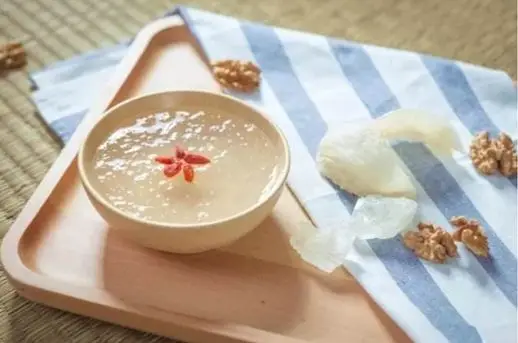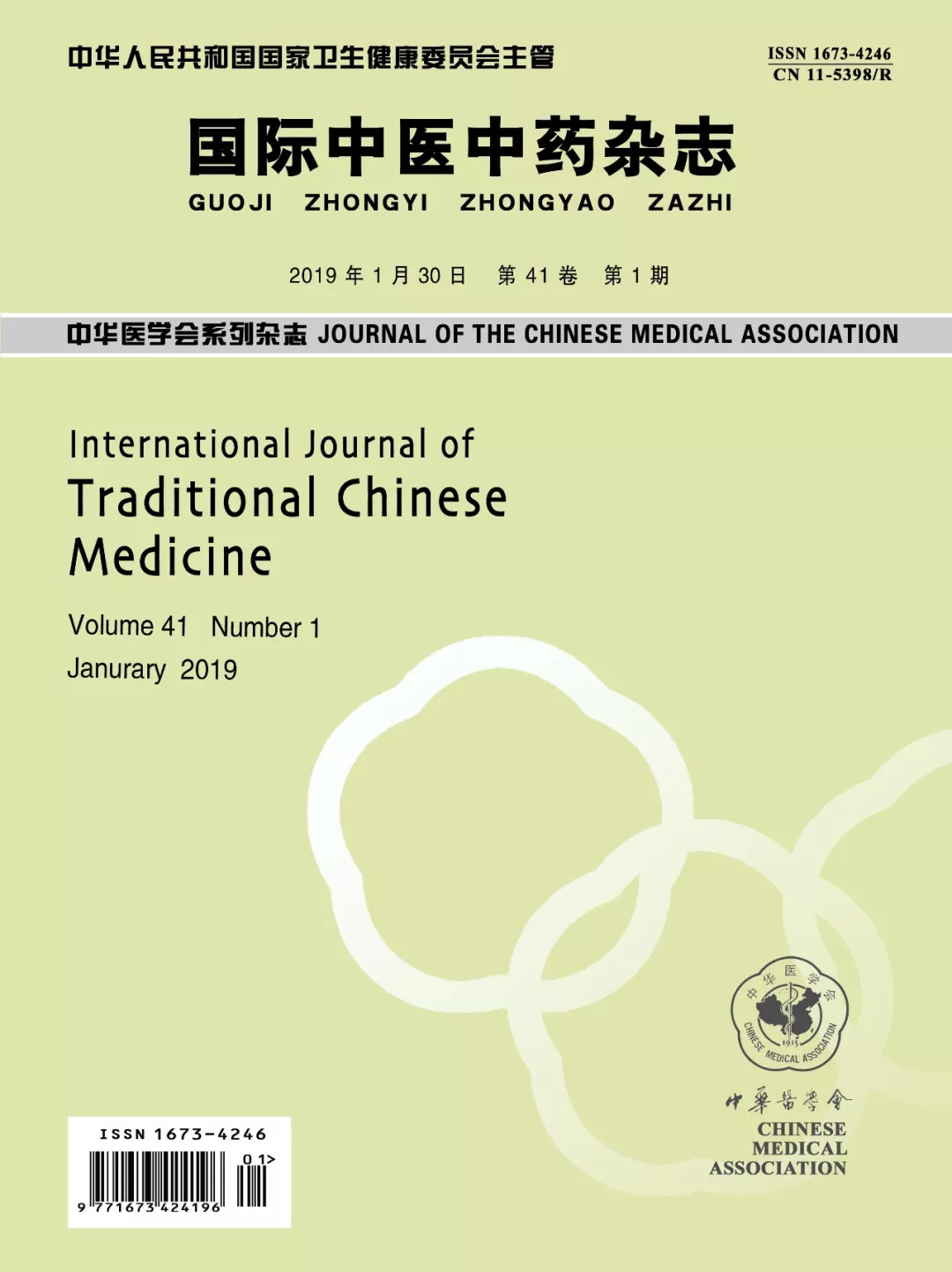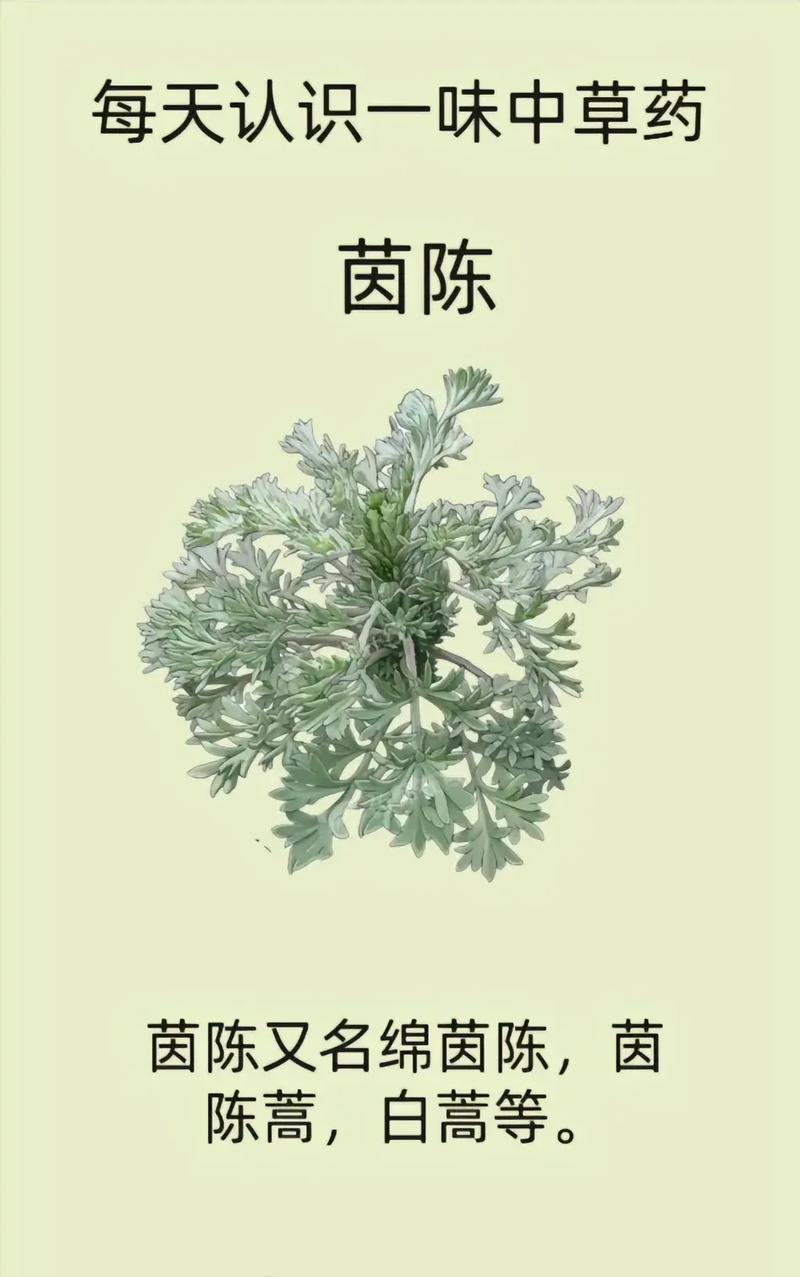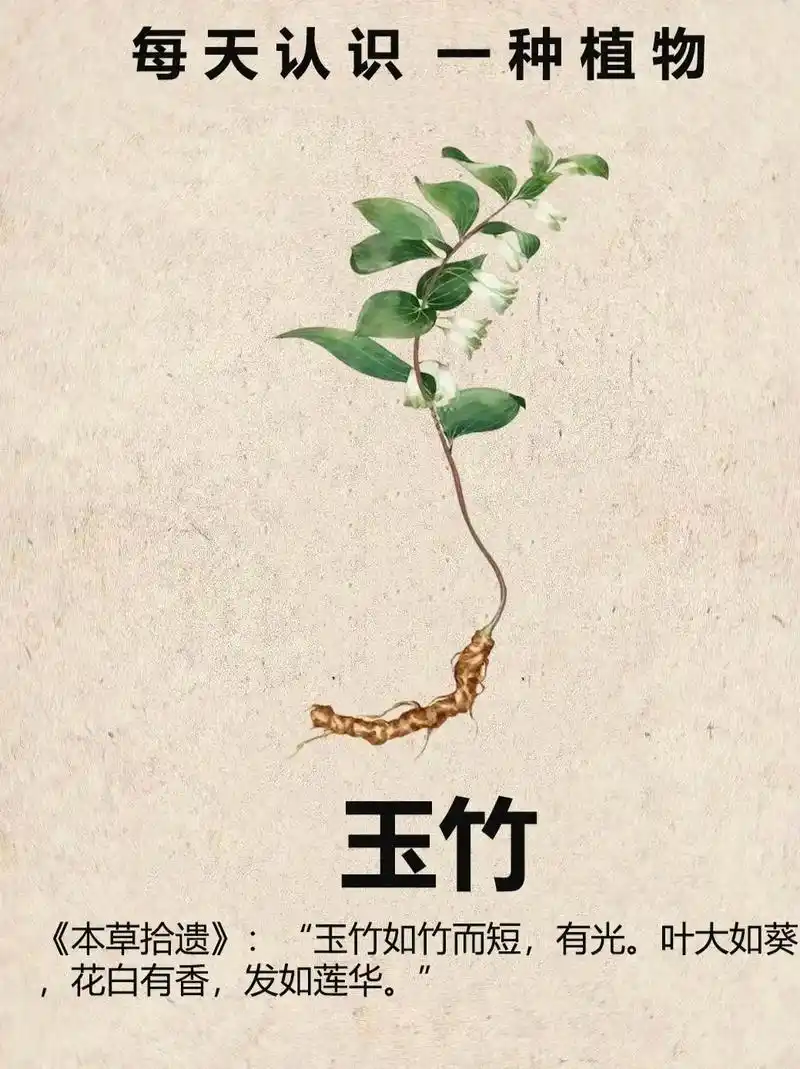专家讲堂药用菌及其产品在农业和生物医学领域中的应用现状与未来研究趋势(下)
药用菌及其产品在农业和生物医学领域中的应用现状与未来研究趋势
张树庭1Solomon P. Wasser2
(1. 香港中文大学,澳大利亚 安斯利;2. 海法大学自然科学学院进化与环境生物学系进化研究所, 以色列 海法 迦密山)
3.3药用菌膳食补充剂产品类型
药用菌不仅作为药物发挥有益作用,而且作为一类新型产品,其名称多样:膳食补充剂(DS)、功能性食品、营养保健品、真菌药,以及包括益生菌和益生元在内的计划性食品,通过日常食用可产生健康效益。
膳食补充剂不严格归为药品,它们可作为健康饮食的一部分,通过日常食用产生健康效应。目前市场上有几类药用菌膳食补充剂产品可供选择:1)人工栽培子实体粉末的热水或酒精提取物,2)干燥并粉碎由菌丝体、培养基质和子实体原基组成的混合物,3)利用液体发酵罐或生物反应器培养获得的菌丝体或菌丝体提取物,4)自然生长、干燥并粉碎的子实体胶囊或片剂,5)孢子及其提取物。有规律地摄入可以增强人体的免疫反应,从而增强对疾病的抵抗力,在某些情况下,可以使疾病症状消退。因此,作为免疫增强剂,药用菌制剂可改变宿主的生物反应。
毫无疑问,基于药用菌的产品可以作为优质的膳食补充剂。蕈菌膳食补充剂的市场正在快速增长。研究人员每年持续收集的数据,成为支撑药用菌膳食补充剂具有有益效果的新证据。目前已有一种基于专利标准化提取物,用于治疗痴呆症的新产品,其含有猴头菌烯酮和amyloban(均来自猴头菌)。而灵芝、冬虫夏草和蛹虫草膳食补充剂产品的市场价值每年超过 40亿美元[21, 53]。
3.4 药用菌膳食补充剂存在的问题
目前,开发蕈菌生物质或不同提取物作为膳食补充剂、功能性食品或新型益生元(非消化性β-葡聚糖)正在普及和增长。随着膳食补充剂和药用菌产品的上市,出现了涉及产品安全性、标准化、规范化、有效 性和作用机制等的重要问题。
遗憾的是,世界范围内药用菌的膳食补充剂标准化仍处于早期阶段,对其生物活性效应依然认识不足。目前药用菌产品的生产和测试尚未制定国际公认的标准和协定。只有依据适宜的标准和协定生产才能保证产品的质量。如果不能保证产品质量的一致性,面市的制剂将会有很大的不同,成分和功效也会有很大的差异。目前尚不清楚生物活性效应是由单一成分引起的,还是由多种成分协同作用的结果。所获数据还不足以确定哪种成分对蕈菌子实体或发酵菌丝体粉及提取物的功效影响更大。简单的子实体和菌丝体粉末是否与热水、酒精或水醇提取物一样有效?粗提物与分离精制组分(如一些公司正在销售的灰树花蛋白多糖D-Fraction或灵芝GLPS多糖)哪一种更有效,更安全?一些低分子量化合物在药用菌提取物中的作用尚不清楚。
一个产品来源只涉及一种蕈菌与涉及两到十个不同物种的生物量或组合提取物,哪一种更有效?当将多个蕈菌品种混合在一个产品中时如何评估不同品种的有效性?蕈菌产品具有细胞因子刺激作用,儿童由于免疫系统尚未成熟,那么从多大年龄开始服用才安全呢?
由于剂型和配方不同,不同产品建议的剂量有很大差异,服用剂量是一个非常有争议的问题。大量临床试验表明,药用菌制剂的可接受剂量为 500~1000毫克(生物质或提取物)的胶囊每天6粒(每天2次,每次3粒,或每天3次,每次2粒)。根据中医理论,每天不同形式(片剂、胶囊、液体提取物等)的药用菌干燥子实体的服用剂量必须相当于100~150克新鲜菌类材料。
在孕期和哺乳期,什么剂量是安全有效的?食药用菌膳食补充剂的精确给服剂量和给服时间,还缺乏足够详细的标准,需要进行严谨的调查。一些研究表明,服用过高的剂量可能导致免疫抑制,而过低的剂量可能不会引起免疫反应,不产生生物效应。
基于食药用菌膳食补充剂的广泛可变性,目前的主要问题是缺乏生产标准及保证产品质量所必需的检测方案。当前许多食药用菌产品的活性成分及其含量尚未被标示。
由于目前对同一菌种和品系的商品性蕈菌制剂的生产和产品质量缺乏标准,导致产品成分和功效存在显著差异,掺杂含有相似种或假菌种的药用菌产品很常见,如灵芝属不同品种替代灵芝,韧革菌品种替代云芝栓孔菌,不同的虫草品种甚至假虫草品种替代冬虫夏草等。
新鲜菌菇对人体产生的效应研究不足。有研究发现食用新鲜菌菇后,人体血清中抗β-葡聚糖抗体增加。关于药用菌膳食补充剂的使用及其与一些常见药物的交叉或相互作用仍然缺乏研究[21,22,48-53]。
4 结 论
食药用蕈菌的栽培不仅能提供营养丰富的蛋白质食品,还能提供药品。全球蕈菌的种植业具有多维性,其在解决人类面临的重要健康问题方面的作用及所作的积极贡献有待于进一步研究。蕈菌还可以作为促进社会经济合理增长的媒介。由于可用于蕈菌栽培的木质纤维素废料易于获得,因而可以在欠发达国家和世界范围内掀起一场白色农业革命。蕈菌栽培的一个重要作用是创造无污染的环境,它们可以通过产生木质纤维素酶,从农作物下脚料及林业废弃物中获得自身需要的营养。栽培蕈菌后的废料可以用作土壤调节剂或有机肥料,或作为沼气原料和动物饲料。希望本综述所包含的信息能够促进人们对蕈菌和蕈菌天然产品诸多益处的了解。基于农村和城市大量存在的木质纤维素废料,基础生物学知识和化学技术的进步将有助于促进蕈菌产业发展,蕈菌产业将对全球长期的粮食营养、保健、环境保护和再生,以及经济、社会变革产生积极的影响。
蕈菌可作为食品、滋补品、药品、药妆产品,亦可应用于植物保护领域作为天然生物防治剂,具有杀虫、杀真菌、杀细菌、除草、杀线虫和抗植物病毒活性。蕈菌产生许多具有广泛生物活性的多样性化合物。体外试验、动物研究和一些临床试验证明了传统经验的正确性,并表明食药用蕈菌化合物在治疗和预防特定疾病方面具有巨大的潜力。鉴于这些潜在的效用,有必要作出更多努力来探索药用菌的潜力,并促进其向常规药物发展。其重要任务是实现和发表高质量的临床研究成果,生产标准化的高质量产品,并确保在受控条件下可持续生产。
5 未来发展方向
现今环境污染是一个全球性问题,影响到人类福祉的各个方面,包括空气、水、食物以及人类健康。由于蕈菌发育所需的养分包括生产过程使用的基质、水和空气,都来自我们周围的环境,运输、加工(罐装、干燥)和保存过程被污染的可能性也高,会导致蕈菌及其制品质量降低。因而,质量控制对蕈菌产业至关重要。
注重将蕈菌基本生物学知识与化学技术的进步结合起来,利用在农村和城市大量存在的木质纤维素废料,促进蕈菌相关产业的发展。
当前药用菌科学面临挑战的几个重要问题是:首先,要对多糖蛋白或多糖肽复合物在药用菌药理活性中的作用作进一步研究;其次,需要更多的研究来证明哪种蕈菌提取物或化合物对预防病毒感染、细菌感染、代谢综合征、癌症、胆固醇等特定疾病最有效;三是应优先开发药用菌研究的新方法和新流程。
为了获得具有统计学效力的有关药用菌安全性和有效性的数据,有必要对大量人群进行高质量、长期双盲、具有安慰剂对照的试验研究。对于发明和创新药用菌种质资源的知识产权切实予以保护。我们还必须继续对全社会的消费者宣传药用菌科学,以利于弥合西医和中医理念间的差距。
参考文献
(向下滑动查看全部)
[1] ChangST,Miles PG. Mushrooms: cultivation, nutritional value, medicinal effect, and environmental impact[M]. Boca Raton (FL): CRC Press, 2004: 451.
[2] Bels PJ. Foreword. In ChangST,HayesWA,editors. The biology and cultivation of edible mushrooms[M]. NewYork(NY): Academic Press, 1976: 819.
[3] FavaF,TotaroG, Diels L, et al. Biowaste biorefinery in Europe: opportunities and research and development needs[J]. New Biotechnol, 2015(32): 100-108.
[4] Khan N, Roes-Hill M,WelzPJ, et al. Fruit waste streams in South Africa and their potential role in developing a bio-economy[J].
S Afr J Sci, 2015(111): 1-11.
[5]YangX, Choi HS, Park C, et al. Current states and prospects of organic waste utilization for biorefineries[J]. Renew Sustain EnergyRev,2015(49): 335-349.
[6] Jong E, Jungmeier G. Biorefinery concepts in comparison to petrochemical refineries[J]. Ind Bioref White Biotechnol, 2015(7): 3-33.
[7] ChangST,Miles PG. Recent trends in world production of cultivated mushrooms[J]. Mushr J, 1991(503): 15-18.
[8] Miles PG, ChangST.Mushroom biology: concise basics and current developments[M]. London (UK):WorldScientific, 1997: 1-194.
[9] BuswellJP,Cai YJ, ChangST.Fungal-and substrate-associated factors affecting the ability of individual mushroom species to utilize different lignocellulosic growth substrates[A]. In ChangST,Buswell JA, ChiuSW,editors. Mushroom biology and mushroom products[M]. Hong Kong: Chinese University Press, 1993: 141-150.
[10] Taofiq O, González-Paramás AM, Martins A, et al. Mushrooms extracts and compounds in cosmetics, cosmeceuticals and nutricosmetics—a review[J]. Industr Crops Prod, 2016(90): 38-48.
[11] Buswell JA, Cai YJ, ChangST,et al. Lignocellulolytic enzyme profile of edible mushroom fungi[J].WorldJ Microbiol Biotechnol, 1996(12): 537-542.
[12] Chen S, Ma D, GeW,et al. Induction of laccase activity in the edible straw mushroom,Volvariella volvacea[J]. FEMS
Microbiol Lett, 2003(218): 143-148.
[13] Silva EM, Machuca A, MilagresAMF.Evaluation of the growth and enzyme production fromLentinula edodesstrains[J].
Process Biochem, 2005(40): 161-164.
[14] ElisashviliV,Penninckx M, Kachlishvili E, et al.Lentinus edodesandPleurotusspecies lignocellulolytic enzymes activity in submerged and solid-state fermentation of lignocellulosic wastes of different composition[J]. Biores Technol, 2008(99): 457-462.
[15] ElisashviliV,Kachlishvili E, Asatiani M. Shiitake medicinal mushroom,Lentinus edodes(higher Basidiomycetes) productivity and lignocellulolytic enzyme profiles during wheat straw and tree leaf bioconversion[J]. Int J Med Mushrooms, 2015, 17(1): 77-86.
[16] ZmitrovichIV,WasserSP.Is widely cultivatedPleurotus sajour-cajuespecially in Asia, indeed an independent species? [J].
Int J Med Mushrooms, 2016, 18(7): 583-588.
[17] Cai YJ, Chapman SJ, Buswell JA, et al. Production and distribution of endoglucanase, cellobiohudrolase, and B-glucoidase components of the cellulolytic system ofVolvariella volvacea, the edible straw mushroom[J]. Appl Environment Microbiol, 1999(65): 553-559.
[18] ChangST,FernandesF.Mushroom, biogas and biofertilizer from organic wastes[J]. Mushroom Newsl, 1980(1): 2.
[19] Mshigeni KE, ChangST.Mushrooms, environment and human health[M]. Dar-Es-Salaam (Tanzania): Mkuki Na Nyota, 2013: 1-151.
[20] StametsP.Mycelium running: how mushrooms can help save the world[M]. Berkeley (CA):TenSpeed Press, 2005: 1-339.
[21] ChangST,WasserSP.The role of culinary-medicinal mushrooms on human welfare with pyramid model for human health[J].
Int J Med Mushrooms, 2012,14(2): 95-134.
[22] ChangST, Wasser SP.The cultivation and environmental impact of mushrooms[A]. In Oxford research encyclopedia of environmental science[M]. NewYork(NY): Oxford University Press, 2017. Retrieved fromhttp://environmentalscience.oxfordre .com/ view/10.1093/acrefore/9780199389414.001.0001/acrefore-9780199389414-e-231.
[23] AnkeT,OberwinklerF.The strobilurins new antifungal antibiotics from the basidiomycete Strobilurus tenacellus[J]. J Antibiot, 1977(30): 806-810.
[24] MusilekV,Cerna J, SasekV,et al. Antifungal antibiotic from the basidiomyceteOudemansiella mucida. I. Isolation and cultivation of a producing strain[M]. Folia Microbiol, 1969(14): 377-388.
[25] Lorenzen K, AnkeT.Basidiomycetes as source for new bioactive natural products[J]. Curr Organ Chem, 1998(2): 329-364.
[26] AnkeT,WerleA, Bross M, et al. Antibiotics from Basidiomycetes. XXXII. Oudemansin X, a new antifungal E-β-methoxyacrylate fromOudemansiella radicata(Relhan exFr.)Sing[J]. J Antibiot, 1990(43): 1010-1011.
[27] Zjawiony JK. Active compounds from Aphyllophorales (Polypore) fungi[J]. J Nat Prod, 2004(67): 300-310.
[28] Clough JM. The strobirulins, oudemansins, and myxothiazols, fungicidal derivatives of beta methoxyacrilic acid[J]. Nat Prod Rep, 1993,10(6): 565-574.
[29] Knight SC, Anthony VM, Brady AM, et al. Rational and perspectives on the development of fungicides[J]. Ann Rev Phytopathol, 1997(35): 349-372.
[30] AnkeT,WerleA, Zapf S. Favolon, a new antifungal triterpenoid fromFavolaschiaspecies[J]. J Antibiot, 1995(48): 725-726. [31] AquevequeP,AnkeT,Anke H, et al. Favolon B, a new triterpenoid isolated from the Chilean Mycena sp. strain 96180[J]. J Antibiot, 2005,58(1): 61-64.
[32] Kupka J, AnkeT,Gianetti BM, et al. Antibiotics from Basidiomycetes.XIV.Isolation and biological characterisation of hypnophilin, pleurotellol, and pleurotellic acid from Pleurotellus hypnophilus (Berk.) Sacc[J]. Arch Microbiol, 1981(130): 223-227.
[33] Lauer U, AnkeT,Shledrick WS, et al. Antibiotics from Basidiomycetes. XXXI. Aleurodiscal: an antifungal sesquiterpenoid from Aleurodiscus mirabilis (Berk. & Curt.) Höhn[J]. J Antibiot, 1989(42): 875-882.
[34] Arnone A, Cardillo R, MeilleSV,et al. Secondary mold metabolites. 47. Isolation and structure elucidation of clavilactones AC, new metabolites from the fungusClitocybe clavipes[J]. J Chem Soc Perkin Trans,1994(15): 2165-2168.
[35] Meir N, Klaebc A, Chavant L, et al. Insecticidal properties of mushroom and toadstool carpophores[J]. Phytochem, 1996, 41(5):1293-1299.
[36]Wang,M, TriguerosV,Paquereau L, et al. Proteins as active compounds involved in insecticidal activity of mushroom fruitbodies[J]. J Econom Entomol, 2002, 95(3): 603-607.
[37] TriguérosV,Lougarre A, Ali-Ahmed D, et al. Xerocomus chrysenteron lectin: identification of a new pesticidal protein[J].
Biochim Biophys Acta, 2003, 1621(3): 292-298.
[38] Nawrot J, Bloszyk E, Harmatha J, et al. Action of antifeedants of plant origin on beetles infecting stored products[J]. Acta Entomolog Bohemoslovaca, 1986(83): 327-335.
[39] Conca E, De Bernardi M, Fronza G, et al. Fungal metabolites 10. New chromenes fromLactarius fuliginosusandLactarius picinusFries[J]. Tetrahedr Lett, 1981(22): 4327-4330.
[40] Allievi C. De Bernardi M, DemarchiF,et al. Chromatographic analysis of 2, 2-dimethylchromene derivatives[J]. J Chromatography, 1983(261): 331-341.
[41] Bowers WS. Discovery of insect antiallatotropins[A]. In: Gilbert LI, editor. The juvenile hormones[M]. NewYork(NY): Plenum Press, 1976: 394-408.
[42] DowdPF,Miller OK. Insecticidal properties ofLactarius fuliginosusandLactarius fumosus[J]. Entomol Experiment Applic, 1990(57): 23-28.
[43] Bücker A, BückerNCF,Lima de Souza AQ, et al. Larvicidal effects of endophytic and basidiomycete fungus extracts on Aedes and Anopheles larvae (Diptera, Culicidae)[J]. Rev Soc Brasil Med Trop, 2013, 46(4): 411-419.
[44] Mayer A, Sterner O, Anke H. Omphalotin, a new cyclic peptide with potent nematicidal activity from Omphalotus olearius. 1.
Fermentation and biological activity[J]. Nat Prod Lett, 1997(10): 25-33.
[45] Lambert M, Kremer S, Anke H. Antimicrobial, phytotoxic, nematicidal, cytotoxic, and mutagenic activities of 1-hydroxypyrene, the initial metabolite in pyrene metabolism by the basidiomycete Crinipellis stipitaria[J]. Bull Environ Contam Toxicol, 1995(55): 521-557.
[46] DongJY,LiXP,Li L, et al. Preliminary results on nematocidal activity from culture filtrates of Basidiomycetes against the pine wood nematode, Bursaphelenchus xylophilus (Aphelenchoididae) [J]. Ann Microbiol, 2006(56): 163-166.
[47] Barseghyan GS, Barazani A,WasserSP.Chapter 8. Medicinal mushrooms with anti-phytopathogenic and insecticidal properties[A]. In Petre M, editor. Mushroom biotechnology, 1st ed. NewYork(NY): Academic Press, 2016: 137-154.
[48]Wasser SP.Medicinal mushroom science: history, current status, future trends, and unsolved problems[J]. Int J Med Mushrooms, 2010,12(1): 1-16.
[49] Gargano ML, Griensven LJLD, Isikhuemhen OS, et al. Medicinal mushrooms: valuable biological resources of high exploitation potential[J]. Plant Biosyst, 2017, 151(3): 548-565.
[50]WasserSP.Medicinal mushroom science: current perspectives, advances and challenges[J]. Biomed J, 2014,37(6): 345-368. [51] Griensven LJLD. Culinary-medicinal mushrooms: must action be taken[J]. Int J Med Mushrooms, 2009, 11(3): 281-286.
[52] Lindequist U. The merit of medicinal mushrooms from a pharmaceutical point of view[J]. Int J Med Mushrooms, 2013,15(6): 517-523.
[53]WasserSP.Medicinal mushrooms in human clinical studies. Part I. anticancer, oncoimmunological, and immunomodulatory
原文发表于:食药用菌, 2019,27(2):77~81
1、药用菌及其产品在农业和生物医学领域中的应用现状与未来研究趋势(上)
2、药用菌及其产品在农业和生物医学领域中的应用现状与未来研究趋势(中)
扫描二维码
关注我们
微信号 : jwjk2020













